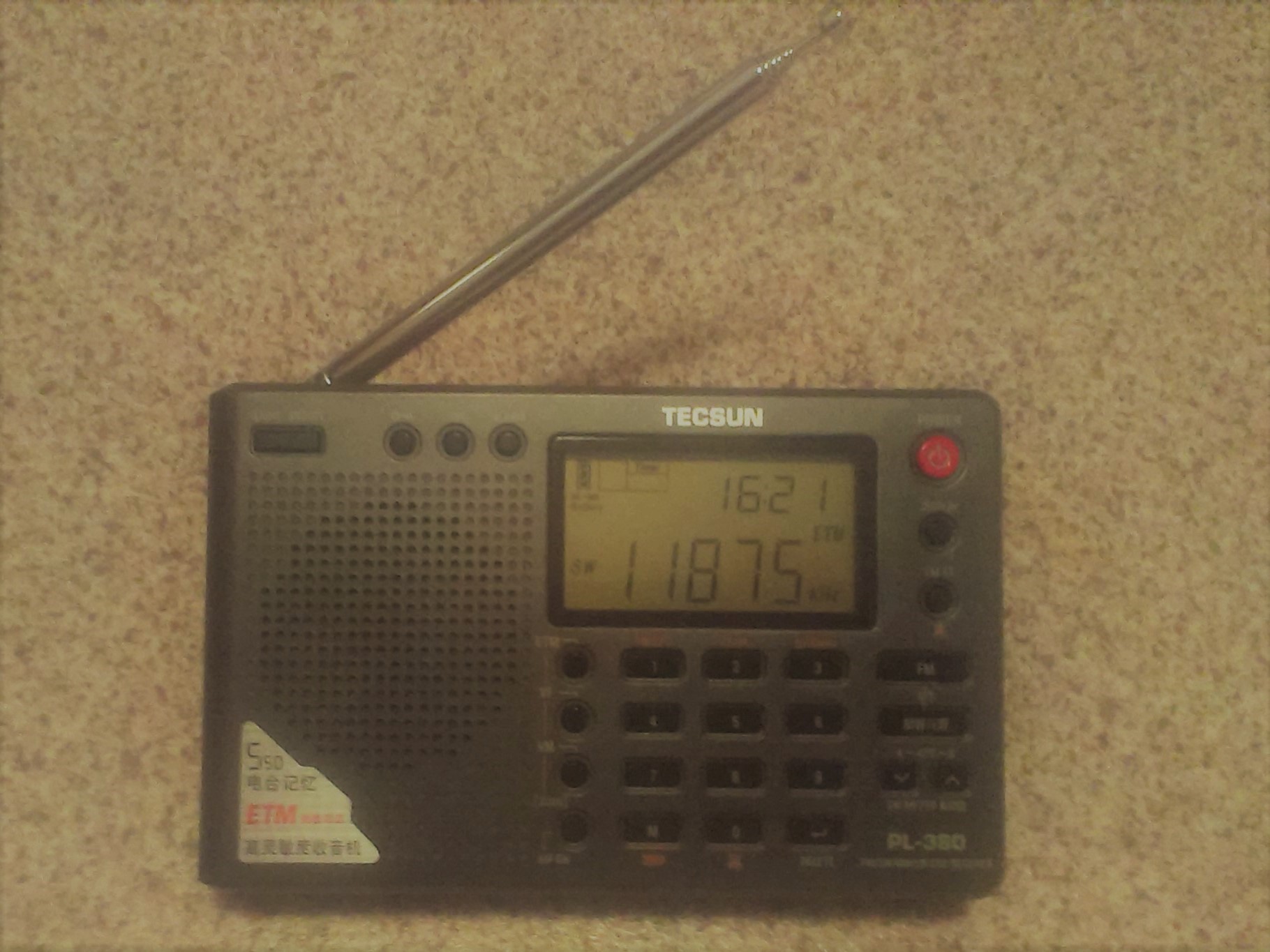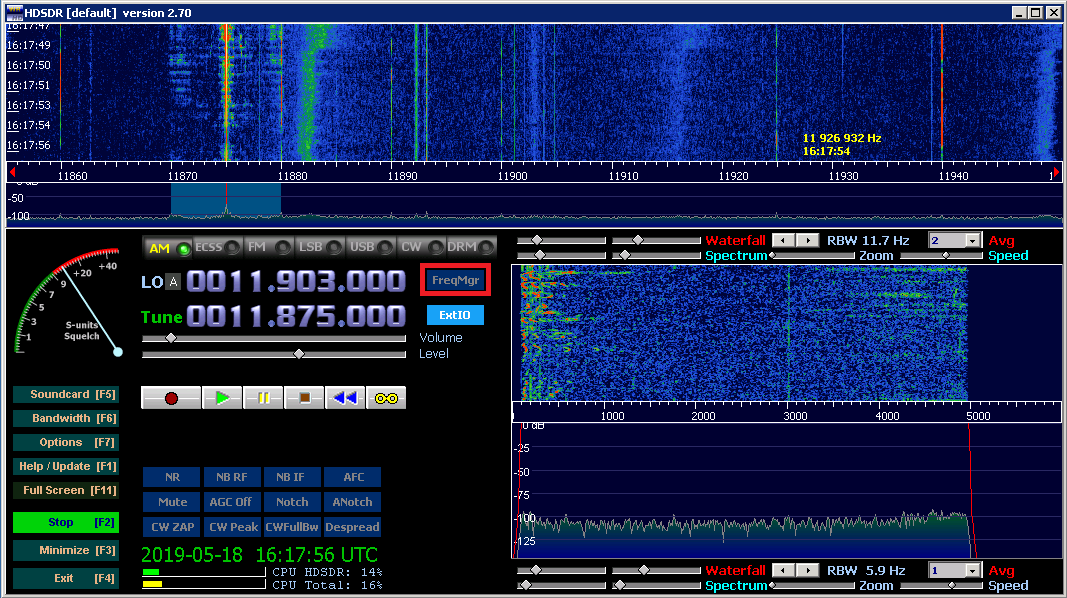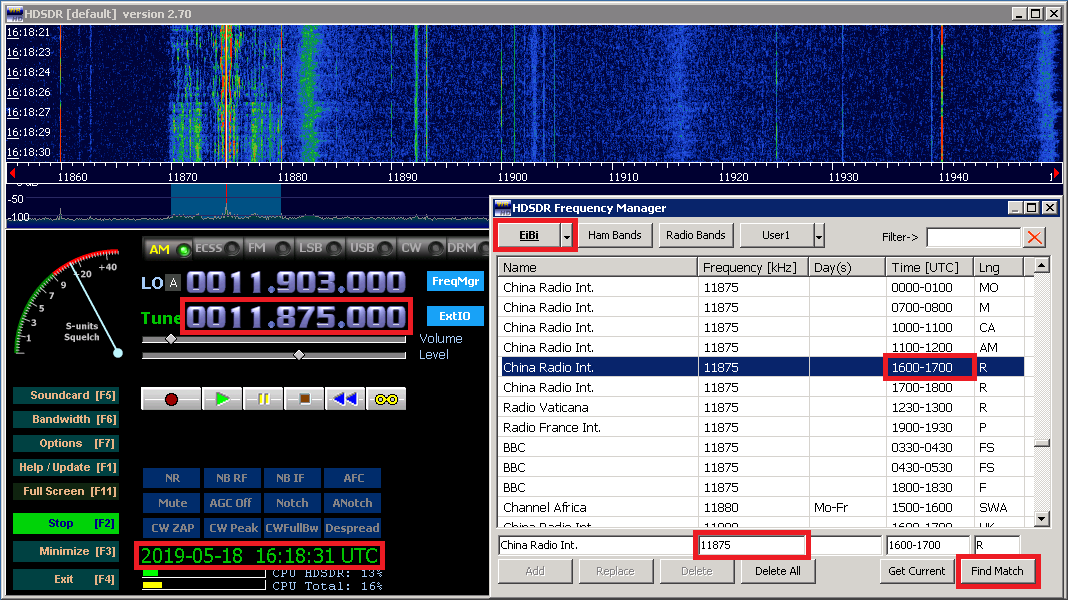What else is heard on the air? HF Broadcasting (DXing)

This publication complements the series of articles “What is heard on the air?” With the topic of shortwave broadcasting.
Mass amateur radio movement in our country began with the assembly of the simplest radio receivers for listening to broadcast radio stations. For the first time, the design of the detector receiver was published in the journal "Amateur Radio", No. 7, 1924. Mass broadcasting in the USSR began in 1922 on the "wave of three thousand meters" (frequency 100 kHz, LW range) with a transmitter power of 12 kW of the radio station named after Comintern (callsign RDW). Gradually, broadcasting covers the CB range, and then in the late 20s and early 30s, broadcasting in HF begins to develop, including in foreign languages ( broadcasting ).
Broadcasting on HF reached its peak during the Cold War as one of the effective tools of ideological struggle and propaganda. After the fall of the Iron Curtain, Russian-language broadcasting on HF is mostly news, cultural and preaching. HFCC, a
non-governmental non-profit association, is responsible for regulating international broadcasting on HF . Twice a year, the distribution of frequencies and broadcast time is approved at HFCC conferences. Databases are available for download from the site. The current database has interactive access . From March 31, 2019, the summer season A19 has come. The B19 winter season will begin on 10/27/2019 and will continue until 03/29/2020.
Listen to the radio ...
In Perm, the choice of radio programs for listening in the HF band is not rich. In the daytime, on all broadcast bands of short waves, you can receive no more than two or three, and in the dark - a dozen radio stations in the summer or a couple of dozen in winter.
For reception, I use enough "budget" equipment:
1. Broadcasting radio Tecsun PL-380.
2. Communication radio SoftRock Ensemble II RX and HDSDR v.2.70

In the photo above, the Tecsun PL-380 is tuned to a frequency of 11875 kHz (range 25 m). Broadcasting is in Russian. Broadcast subject: Chinese culture. We learn from the HFCC database in text format that this is China International Radio, the transmitter is in Urumqi, the transmitter power is 500 kW, and the antenna emits 308 degrees in azimuth.
We configure SoftRock Ensemble II RX and HDSDR v.2.70 at a frequency of 11875 kHz:

Using the FreqMgr button, we enter the Frequency Manager and find the radio station in the EiBi database:

... and turn it into a hobby, sport or collection
According to the HFCC, their database contains data on 85% of international broadcasting on HF, and unreached 15% includes local broadcasting in Africa and Latin America, which does not require international regulation. This does not always suit radio enthusiasts, and they release their own updated databases. The EiBi database is one of them.
Reception of signals of broadcasting radio stations is called DXing . The essence of the phenomenon : the radio listener sends a report on the received transmission to the radio station, and the administration of the radio station in response sends a receipt card (QSL) in confirmation of the radio listener receiving the signal from this radio station. An example of a QSL card can be found here .
Broadcasting editions view reports as an important element of feedback. For example, several years ago, from an interview with the editor of the Russian broadcasting service of Taiwan International Radio, I found out that for the first two weeks of broadcasting in Russian, they had the feeling of “talking to nothing” until they received a report from a radio fan from Russia. Since then, the editors of the Russian broadcast RTI has been trying to send QSL to everyone who writes.
The “entry threshold” in DXing is low: it’s enough to have a broadcast receiver. Enthusiasts communicate at forums and conferences, where they exchange information about received radio stations, QSL bureau addresses, broadcast announcements. Also, enthusiasts regularly issue thematic guides and newsletters. An example of a DX club is the Novosibirsk DX website .
Brief Summary
Reception of broadcast radio stations was and remains an important direction of amateur radio movement. In the modern world, broadcasting on HF serves not so much ideology as the objectives of a dialogue of cultures.
Passion for receiving broadcast programs does not require serious financial investments, obtaining licenses and confirming qualifications.
The author of the publication is not a DXing enthusiast, but actively supports everything that brings people together and promotes dialogue between them.
